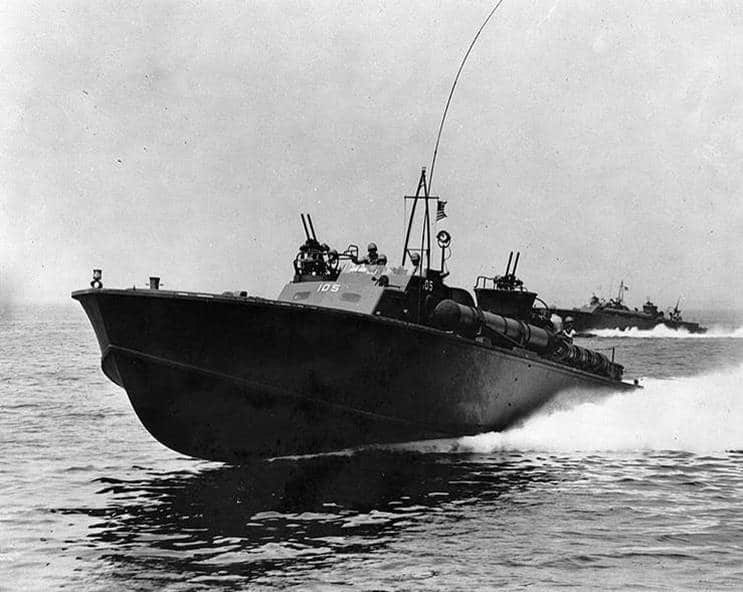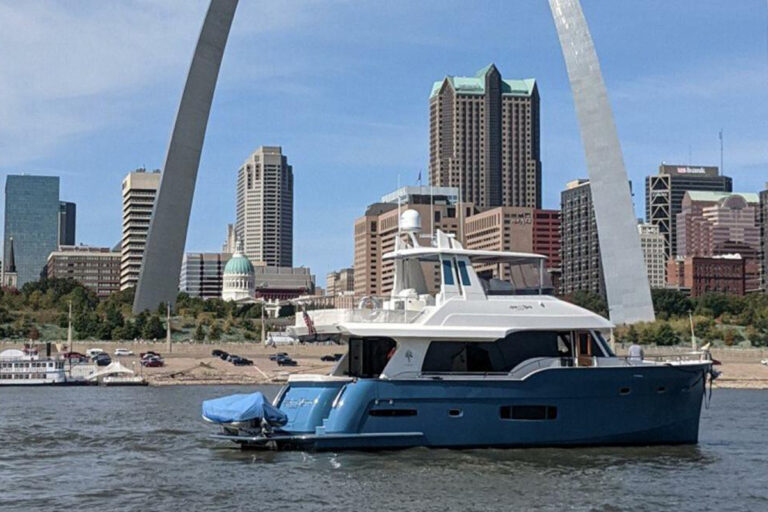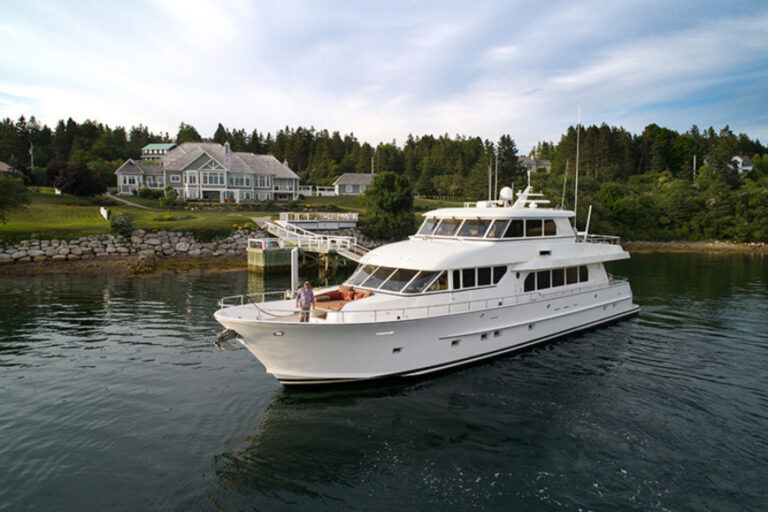
World War II PT Boat
Today is the 70th anniversary of D-Day, the June 6, 1944 landing of Allied troops on Normandy Beach in France — the largest seaborne invasion in history.
As we honor those who served and sacrificed, Yachting‘s staff can’t help but also think about the boats that played a crucial role in World War II. Specifically, the PT Boat is on our minds. If you don’t know the story of how these boats affected the course of the war, then here are five more reasons to remember on this historic anniversary:
• PT stands for Patrol Torpedo, a fast-attack craft that can go after larger warships. The originals, used in World War I, had displacement hulls, while the World War II versions had planing hulls — allowing them to go as fast as 46 knots while carrying as many as four torpedoes weighing 2,600 pounds apiece.
• Several builders created PT Boats for the U.S. Military. They included Elco, Huckins, Higgins and The Navy Yard Philadelphia. Elco’s were the biggest, at 80 feet LOA. The Higgins and Huckins versions were 2 feet LOA shorter.
• Huckins built fewer PT Boats than Elco or Higgins, but only the Huckins PT Boats had the builder’s patented Quadraconic hull design. Frank Pembroke Huckins also gave his competitors permission to use his patented laminated keel to increase hull strength (neither Elco nor Higgins ever took him up on the offer).
• Future U.S. President John F. Kennedy served aboard PT Boats, and the forward half of his PT-109 (an Elco) was sliced in half by a Japanese destroyer. The boat stayed afloat for 12 hours after the incident.
• Arguably, PT Boats were most effective at striking barges that Japanese and German forces wanted to use for resupplying their troops. The PT Boats’ ability to follow the barges into shallow waters was a main reason why Axis troops suffered shortages of food and ammunition, helping to turn the tide of the war in favor of the Allied troops.









